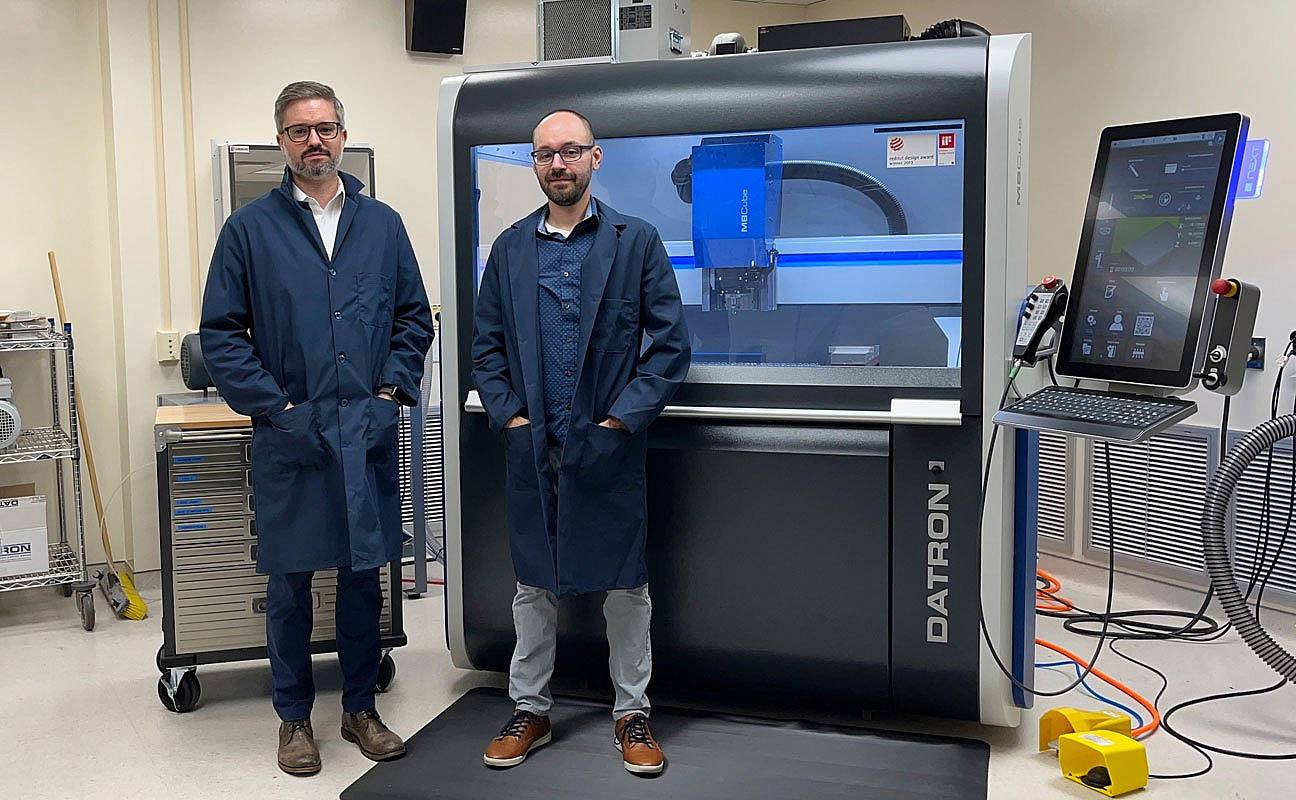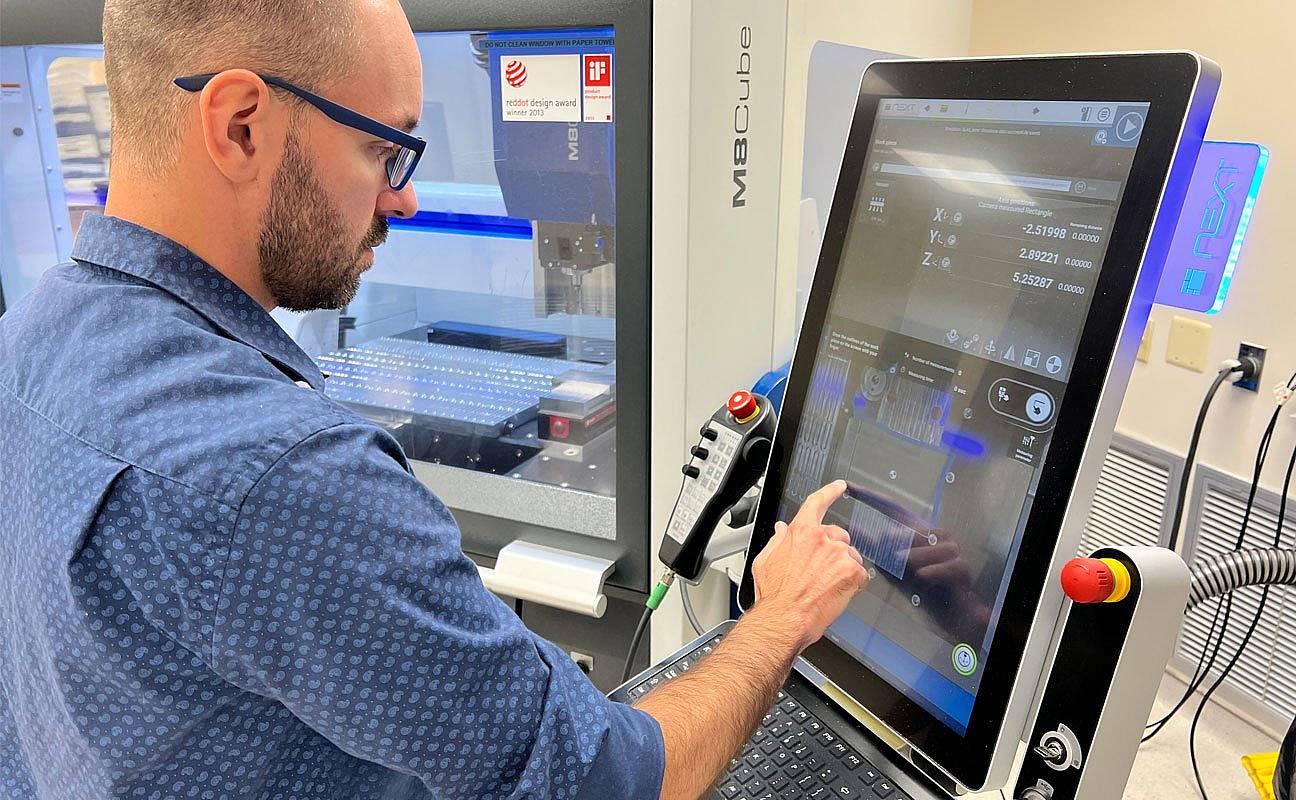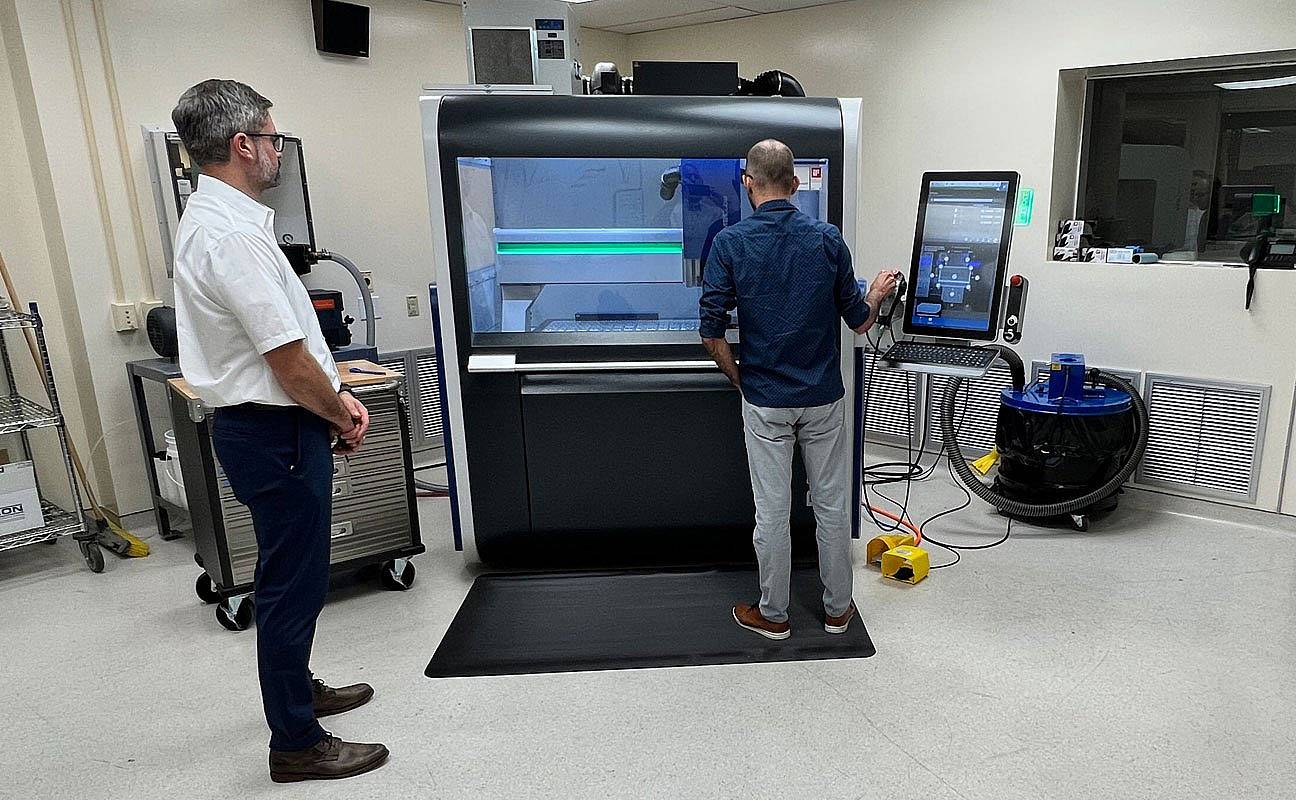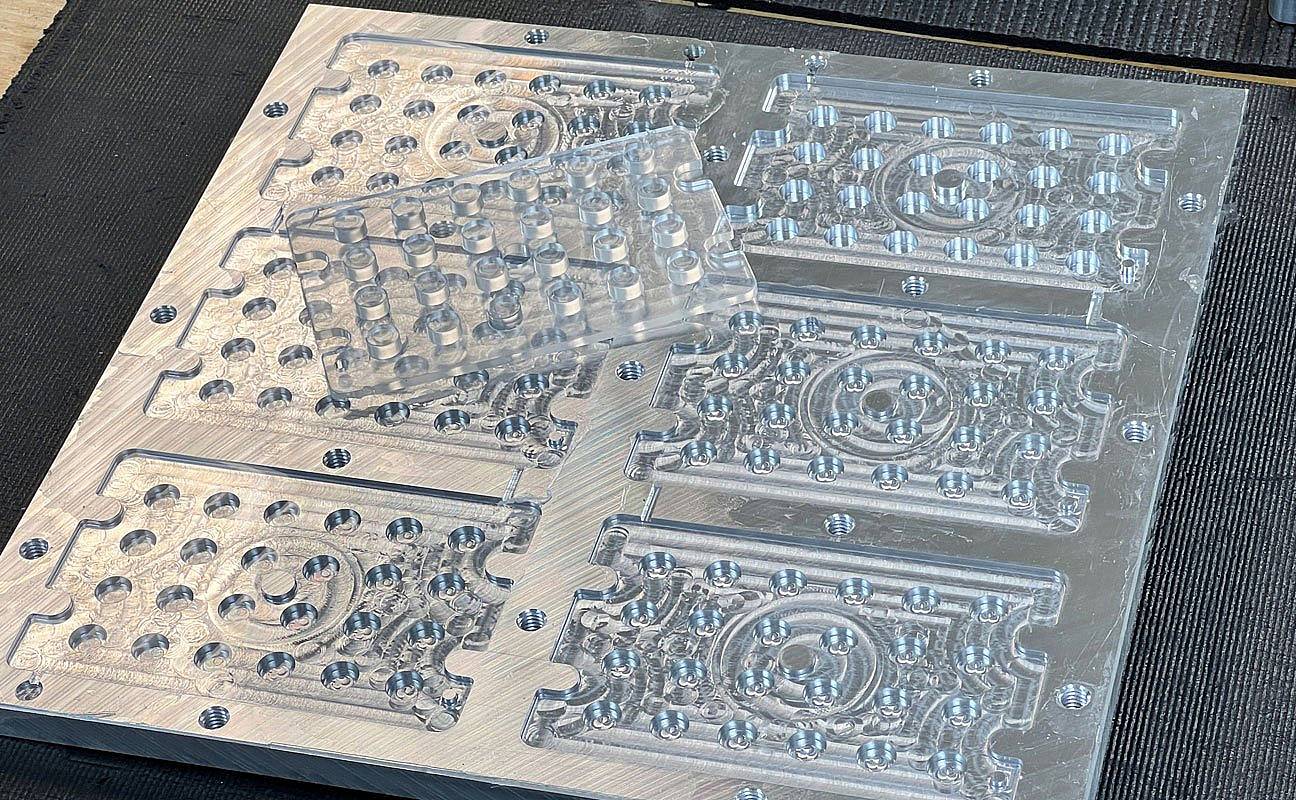An In-House CNC Machine Improves the Design Process for Analytical Sales and Services

Analytical Sales and Services started from humble one-room beginnings in Mahwah, New Jersey. Originally, they offered sales and technical support for High-Pressure Liquid Chromatography (HPLC) equipment. That was just the start for the company which now sells products worldwide and has expanded its corporate headquarters to a seven-acre campus in Flanders, NJ.
Analytical Sales and Services provides novel equipment for Chromatography, as well as general life-science apparatus. Their products are used by major pharmaceutical and biotechnology companies to optimize the qualitative and quantitative analysis of chemicals and compounds.
Through domestic manufacturing, Analytical Sales and Services has maintained control of its supply chain, and that’s played a vital role in its growth and success over the years. By keeping suppliers and vendors local, the pandemic and its impact on supply chains and sourcing materials were minimized. However, the company was outsourcing its metal parts for prototype machining, and it became clear that machining had to be brought in-house to improve and shorten the production cycle.
Long Lead Times Impacted Design Development
“We had this boundary condition in our development cycle, where we would design a metal part and spend too much time refining the design because we were not sure what the outcome would be from the machining process,” explains their Managing Director, David C Isom. Until they physically worked with the part, it was very difficult to refine the design. However, in most cases, there was no time to rework a design because the lead times were simply too long.
Matthew Dabrowski, Associate Director of Engineering, shares, “When we outsourced machining, the first time I would actually see a physical part was when they came in at large production quantities (sometimes 100 to 200 pieces) because we did not have the luxury of time.” David adds, “We had to try and get the design right because our typical suppliers would have an eight to twelve weeks lead time. It was very stressful hoping the design worked as intended.”
The need to purchase an in-house CNC machine was further driven by their customer’s needs. “A lot of times, we are in communication with a scientific group, and they need a solution very quickly. The 10-to-12-week lead time will not work. It’s critical to the process to deliver something sooner to keep the communication and momentum going. The scientists do not have the luxury of scheduling discovery work within the requirements they must meet. So, if we can deliver a product, even in a rough prototype state, it helps them a lot,” explains David.
David and the company soon realized that bringing machining in-house meant that “instead of spending a hundred hours designing something, they could spend just five hours designing it, knocking it out on a CNC machine, and actually assembling it in real life.”

Ease of Use Matters for Engineers
Once Analytical Sales and Services concluded metal part manufacturing had to come in-house, they had to develop criteria for their needs. Matt states, “We looked at a variety of machines, but the most important criteria was its ease of use. I feel a lot of CNC machines are too complicated. There’s a steep learning curve since we are engineers, not machinists. So, from an engineering standpoint, it’s a huge plus to seamlessly work from the CAD program to the CAM program and to the machine because I don’t need to pass it off to a machinist; I can just do it myself.” Matt recognizes another benefit to machining in-house is “knowing that I’ll be machining this part while working through a design in CAD, so I think about which tools I should use to make a geometry. It opens up your mind for what you can design.”
There are many types of CNC machines in the industry, so how did they decide which machine would be best for their needs? Matt recalls, “Originally, we decided on a Hass Mini Mill but as we did our due diligence, we stumbled upon DATRON. We watched some videos and were blown away by the capabilities. We decided this is definitely something we wanted to explore.”
Matt and David found a video showing how the built-in camera automatically recognized a part held on a vacuum table. With the touchscreen DATRON next control, the operator simply drew a box around the part for position and alignment. It was another plus that the machine control integrated with Autodesk CAD/CAM products.
The next step was a visit to one of DATRON Dynamics’s Technology Centers to evaluate the machine options. David says, “The site visit we did mid-pandemic solidified everything for us. They let us set up parts ourselves and execute the parts we had previously programmed.” Analytical Sales and Services was particularly impressed by the DATRON M8Cube’s small 6’ x 6’ footprint with a 40” x 28” work area. That combination would give them a lot of flexibility for parts and an easier installation in their clean room.
DATRON M8Cube Revs Up the Design Process

After the machine was commissioned and a DATRON Dynamics Application Engineer trained the team, they began making parts in-house. “The machine’s capabilities have blown me away. Before, I would spend hours trying to figure out how the parts we outsourced would be made on an outside machine. The DATRON M8Cube has alleviated many concerns about design features and tackles the features with ease,” shares Matt.
David notes, “Now, we refine our designs to about 85-90% of what we feel is complete and are not spending large amounts of time on it. Once we have a design, we kick it out on the DATRON CNC machine and assemble it. Our rev cycle now goes from thirty revs to three revs because the part is in our hands, and we can field test it.” They also recognized a lot of their parts were similar in design, so once they had the machining processes dialed in, programming became second nature to them.
The speed and agility of going from a design to a finished part have exceeded their expectations. Matt proudly states, “We have people come around, whether it’s higher-ups in the organization or visitors, and they look at the parts and are just blown away by our capability and what they look like.” David adds, “In terms of aesthetics, we like the optics of the DATRON machine. We have it in an isolated room with a window on it. So, I can say it is a bit of a centerpiece for us.”
Machining In-House Opens New Opportunities
Adding in-house machining capabilities to Analytical Sales and Services has allowed them to develop new product lines quicker and more closely control proprietary R&D cycles. During the development stage of a product, it’s much easier to work with customers for in-the-field feedback. Matt notes, “We had a lid that needed larger holes for a needle to go through. In the past, that meant a whole new design change and quote by a machine shop, and the part would be made 8-12 weeks later. With the M8Cube, I just took the part and threw it on the machine to increase the size of the holes and then sent it back two days later. The parts made on the M8Cube have been spot on. I would say well within a thousand, if not tenths.”
Lately, their industry is trending towards robotically controlled High-Throughput Experimentation (HTE). So, the company is looking to develop a brand-new product line: the carriers required for automated liquid platforms. “Before, we wouldn’t have been able to make a carrier deck. The DATRON CNC milling machine has allowed us to enter that market,” Matt explains. It would have been difficult to enter the market and outsource such a large part. David elaborates, “The geometry of these carrier decks is 18” to 24” long and 6” wide.” The M8Cube’s large work area makes this new work possible and easy.
It’s been two years since they brought the development and production of metal parts in-house on the M8Cube. In a short time, it has reduced costs, protected their R&D process, allowed them to expand their product offerings, opened up more service and support capabilities, and most importantly, reduced delivery times to their customers.

Rapid Prototyping
Analytical Sales and Services provides equipment for Chromatography and general life sciences to optimize chemical and compound analysis.
Bringing metal parts prototyping in-house with a CNC machine that engineers can quickly learn to operate.






